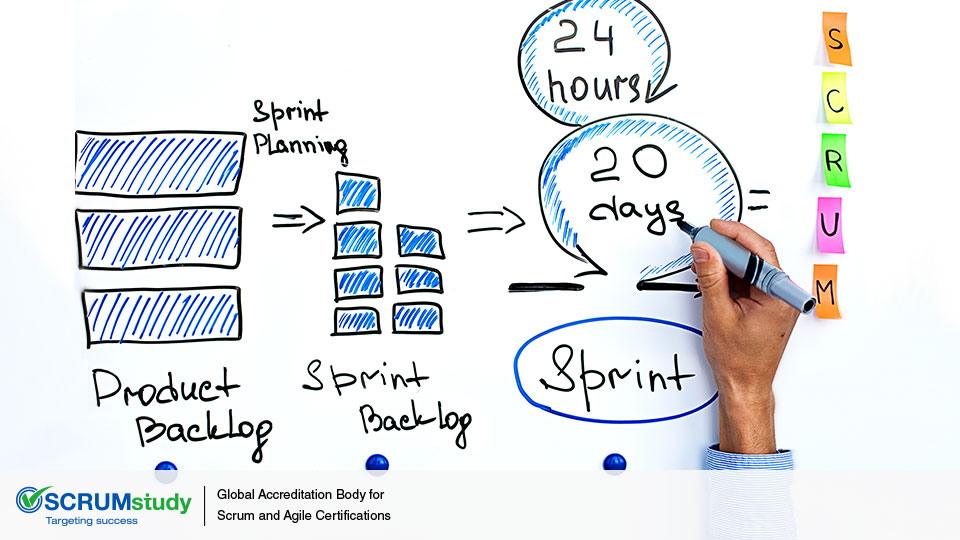Importance of Prioritized Product Backlogs in a Scrum Project
Posted by SCRUMstudy® on January 05, 2023
Categories: Agile Product Backlog SBOK® Guide Scrum Sprint Backlog
The Product Owner develops a Prioritized Product Backlog which contains a prioritized list of business and project requirements written in the form of Epic(s), which are high level User Stories.
The Prioritized Product Backlog is based on three primary factors: value, risk or uncertainty, and dependencies. It is also referred to as the Risk Adjusted Product Backlog since it includes identified and assessed risks related to the project.
It also encompasses all Approved Changes that can be appropriately prioritized in the Prioritized Product Backlog.
- Value—It is the Product Owner’s responsibility to ensure delivery of those products that provide the highest level of business value first. Even an extremely valuable product may not be part of the first release if there are other products of even higher value that are sufficient for a first release.
- Risk and Uncertainty—The more uncertainty that exists, the riskier the project is. Therefore, it is important that riskier products in the Prioritized Product Backlog are given higher priority. Products carrying a higher level of risk will also require risk mitigation actions. When these risk mitigation actions are prioritized against the backlog, the result is a Risk Adjusted Product Backlog. Dealing with risks early in the project does not guarantee that the project will be successful, but it does enhance the team’s ability to deal with risk.
- Dependencies—Most projects will inherently have dependencies between some of the Epics or User Stories. These dependencies should be taken into consideration while creating the Prioritized Product Backlog. Functional requirements often depend on other functional and even non-functional requirements. These dependencies can impact how the Epics (and User Stories) in the Prioritized Product Backlog are prioritized. Two of the most common ways to resolve dependencies are to either split a single Epic (or User Story) into multiple Epics (or User Stories) or combine the interdependent portions.
- Estimates—High level estimates for Epic(s) are also available in the Prioritized Product Backlog
- The Prioritized Product Backlog is refined during the Refine Prioritized Product Backlog process. This happens in Prioritized Product Backlog Review Meetings. The intent of the Prioritized Product Backlog Review Meetings is to ensure that User Stories and Acceptance Criteria are understood and are written properly by the Product Owner so that they reflect the actual business stakeholder (customer) requirements and priorities.

